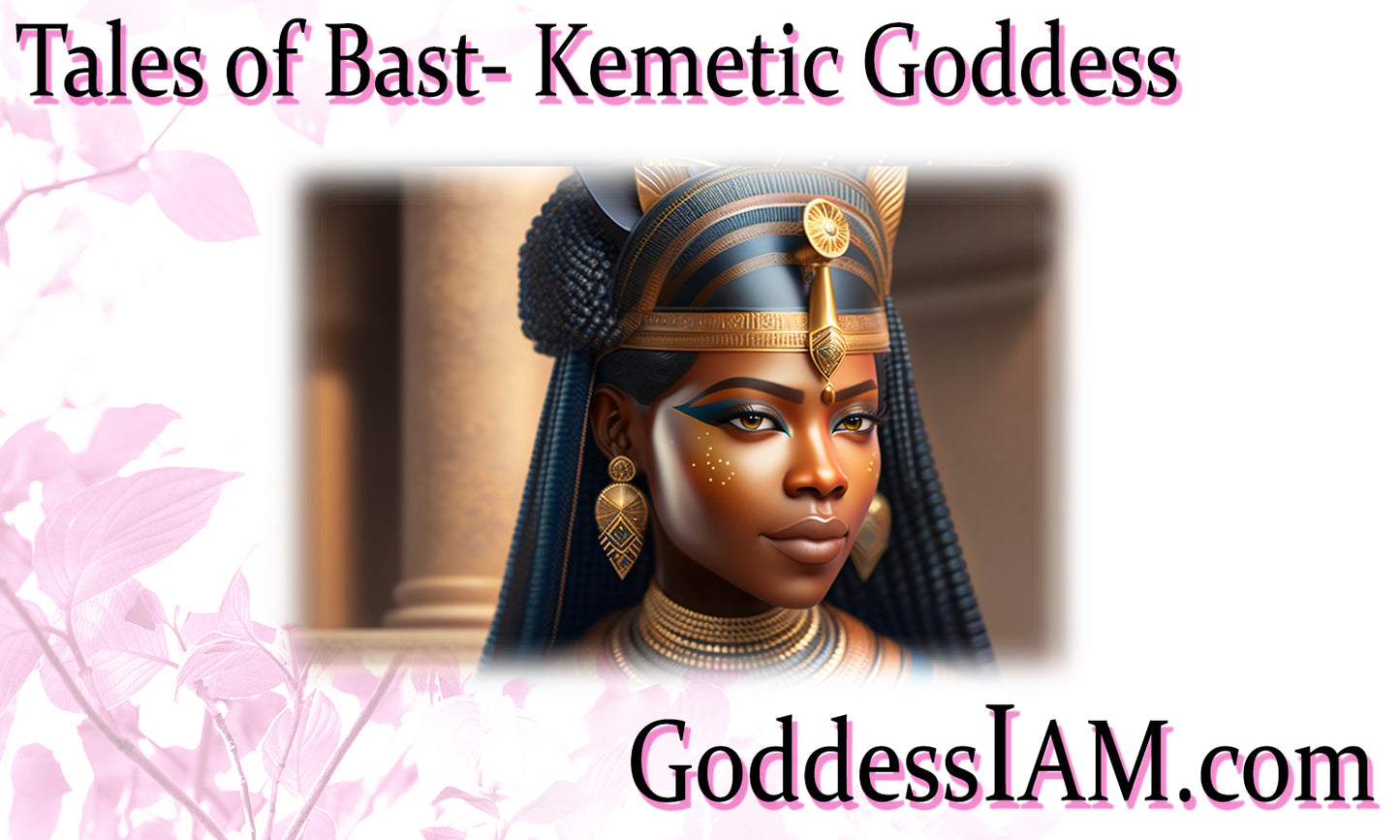
Bast was revered as a guardian deity, her image often depicted with the head of a lioness or a domestic cat. She possessed a dual nature, embodying both the nurturing and protective aspects of a mother and the fierce and untamed power of a lioness. Bast's presence was invoked to safeguard homes, temples, and the people of Kemet from harm and malevolent forces.
One of the most crucial elements of Bast's teachings and mythologies was her role as the protector of Ra, the sun god. According to ancient texts, Ra, the sun god, sailed across the sky each day, facing various challenges and adversaries during his journey. Bast, as his faithful guardian, stood watchful and vigilant, ready to thwart any threat that dared to approach the radiant deity.
Bast's association with joy and music was equally significant. She was hailed as the goddess of dance and celebration, inspiring merriment and harmony among the people. Her melodic voice and rhythmic movements brought forth waves of bliss, lifting the spirits of all who basked in her divine presence.
In times of adversity and turmoil, the people of Kemet called upon Bast to shield them from harm. Her powerful roar echoed across the land, serving as a protective barrier that warded off evil and preserved the sanctity of homes and communities.
However, Bast's mythology also delved into moments of introspection and transformation. She was said to have the ability to shape-shift into a lioness, symbolizing her capacity to embrace her fierce nature when the situation demanded it. This aspect of Bast's character demonstrated the importance of self-discovery and the acknowledgment of one's multifaceted identity.
One notable myth depicted Bast as a warrior goddess who fought alongside the god Ra against the forces of chaos. In this epic battle, she displayed her valor and loyalty, exemplifying her unwavering commitment to safeguarding the cosmic order and upholding Ma'at, the principle of balance and harmony.
Bast's mythology also emphasized her connection to the sacred feline, symbolizing her deep affinity with cats. Cats were regarded as sacred animals, representing protection and good fortune. Temples dedicated to Bast often housed these revered creatures, who were cared for and pampered by the priests and devotees.
And so, the goddess Bast, with her fierce protection and joyous spirit, remains an iconic figure in Kemetic mythology. She represents the balance between strength and gentleness, the importance of nurturing and safeguarding those we hold dear. Bast's story echoes through the ages, a testament to the transformative power of love, the joy that resides in celebration, and the indomitable strength that lies within us all.
